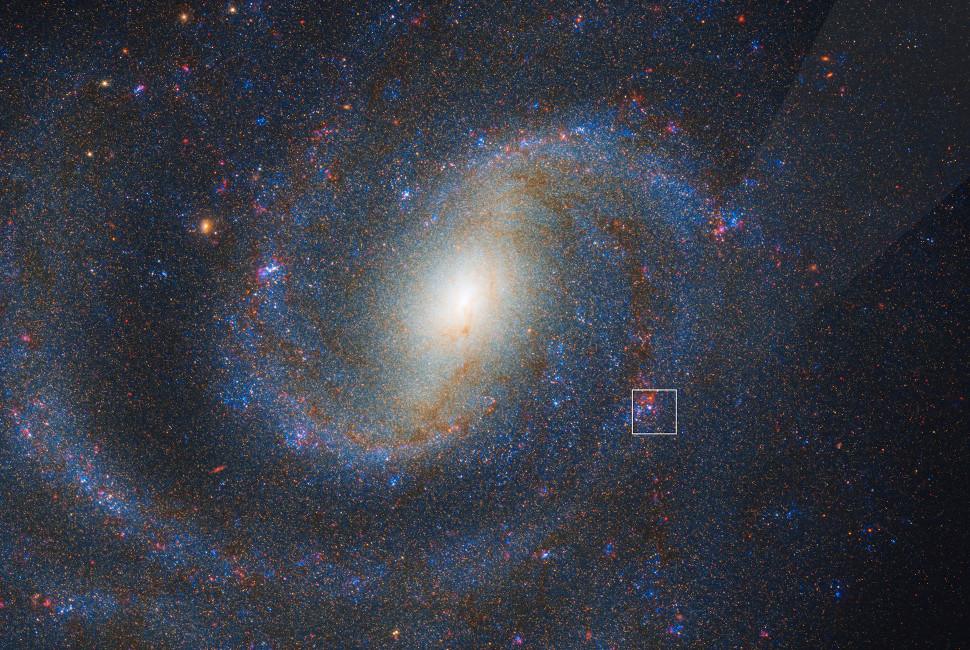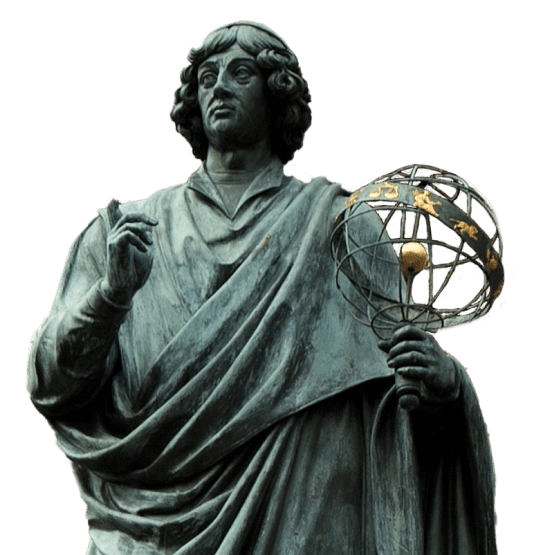An international team of astronomers, led by researchers from Northwestern University, has, for the first time in history, identified the source of a supernova in the mid-infrared spectrum, using the latest capabilities of the James Webb Space Telescope (JWST).
The discovery concerns a massive red supergiant star, hidden beneath a thick layer of cosmic dust. The research findings were published in The Astrophysical Journal Letters, and the observations represent an important step toward solving the long-standing mystery of the so-called “missing red supergiants.”
The researchers examined the spiral galaxy NGC 1637, located about 40 million light-years away. By combining archival data from the Hubble Space Telescope with the latest observations from JWST, astronomers identified the progenitor of supernova SN2025pht — the star that exploded on June 29, 2025.
It turned out to be an exceptionally bright and massive red supergiant star, shining about 100,000 times brighter than the Sun. However, its light was almost completely obscured by a dense layer of dust. In the visible spectrum, the star appeared over 100 times dimmer and thus exceptionally red.
Red supergiants are among the largest stars in the Universe, existing in the final stage of their lives. When their cores collapse, powerful type II supernova explosions occur. Theoretically, such stars should dominate observed supernova explosions — yet, for decades, astronomers rarely identified them before the explosion.
New observations suggest that the problem was not their absence but their concealment. The most massive red supergiants likely produce exceptionally dense dust shells that effectively block visible radiation. Thanks to JWST’s sensitivity in the infrared range, astronomers can finally “look through” these cosmic curtains.
An additional surprise was the composition of the dust — instead of typical silicon and oxygen compounds, carbon dominated, suggesting strong convective processes occurring inside the star during the last years of its life.
The discovery of SN2025pht marks the first-ever direct identification of a supernova progenitor using JWST.






